A Brief Historical Insight
Blockchain has been developed by Satoshi Nakamoto as the underlying technology that operated Bitcoin.
Since Bitcoin's birth many things have changed: one for all the realization that blockchain could be separated from the currency and used for all kinds of other interorganizational cooperation.
Almost every major financial institution in the world is doing blockchain research at the moment, and 15% of banks are expected to be using blockchain in 2017.
Even Bitcoin-like cryptocurrencies are growing exponentially: 700 are already available and many other are being developed in this moment.
What is a blockchain?
The standard definition introduce the blockchain as a technology based on complex algorithms that allows to exchange information in a safe and anonymous way.
How does it works the algorithm?
This is a fundamental part to understand the blockchain technology. As this is not intended as a technical guide, we’ll try to explain it in the easier way possible.
Every digital information is made up of a binary strings of zeros and ones. The blockchain transform these strings into a fixed-length and unique code using an encryption machine called hash function.
These are the basic rules of the hash function:
- If you put through the function a number, you receive a completely different code;
- If you put always the same number the output will always be the same;
- If you change the number the output will change completely

The difficult is that the output can’t be whatever number but it must respect some rules indicated by the system (i.e. first figures must be three zeros: “000ca”);
That means a huge number of tries to find the number that put through the hash machine give as the correct code (“000ca”)

To reassume:
“Given an output, it is extremely difficult to calculate the input but given the input and the output, it is pretty easy to verify if the input leads to the output”;
Once the code has been obtained, all the machines received it and run a check to verify if the calculation is correct.
If the control has a positive return by the majority, the output code receive a final confirmation. For a more detailed article on the hash function I suggest you to read the article of Mohit Mamoria.
But, then it’s only an encrypting work?
Absolutely not, this is only the tip of the iceberg.
To better understand how complex and genius is the architecture of a blockchain, we should start identifying the typical characteristics that we can find on every service based on this technology.
“The blockchain is an incorruptible digital ledger of economic transactions that can be programmed to record not just financial transactions but virtually everything of value.”
Don Tapscott, Co-founder and Executive Director at Blockchain Research Institute
Incorruptible
As in the quote of Don Tapscott, blockchain greatest pro’s is the capacity to record and protect information, making it virtually incorruptible, although we’ll see that hacks remain theoretically possible.
Democratic
In a blockchain there’s no middleman to ensure the truth of the result. The blockchain is a democratic system in which majority wins and minority voices are rejected.
Transparent
Unlike traditional system, a bank for example, all transactions are public and registered, verified and validate by the majority of the users.
Only the transactions are public and visible to all. It’s impossible to reach who really is behind the code that’s sending or receiving money in a transaction. :
Where are effectively held the information (or the money in the case of Bitcoin)?
That’s an usually underrate question. As the blockchain works in a completely different way we’ve to change our point of view to find an answer.
We’re used to imagine to information as based in a hard-disk or in a server, but in a decentralized network as the blockchain, information about the transactions are diffusely kept by millions of people but only the owner (using his key) can use them.
We can then say that the money is the code, and it is everywhere a pc is connected with the blockchain. Without the correct key it become unreachable.
Is it true that Blockchains reward users?
Yes, this is true.
As we’ve seen, Blockchains needs computational work to calculate encryption codes and guarantee univocity and security to the information sent.
It is therefore fundamental to have a reward. People will be enticed on working to dig up the sealing codes, knowing that they’ll be repaid from costs of hardware, electricity and time.
The reward can be in money or other services and is usually released when an output code is found; then it’s given to the first discoverer, meaning that the others working on the same task won’t gain anything.
Conclusion
Allowing digital information to be distributed but not copied, blockchain technology has created the backbone of a new type of internet.
Bitcoin is the first service using Blockchain technology and it’s still one of the bigger. It’s commonly called “digital gold” for his incredible capitalization value (the total value of the currency is close to $77 billion US ).
In the next part of this guide we’ll see how the blockchain is going to be used in the future, especially in the technology and IoT field.
Hope you enjoyed this article.
Stay tuned with us to read the next chapter and contact us to leave a comment or to know more



